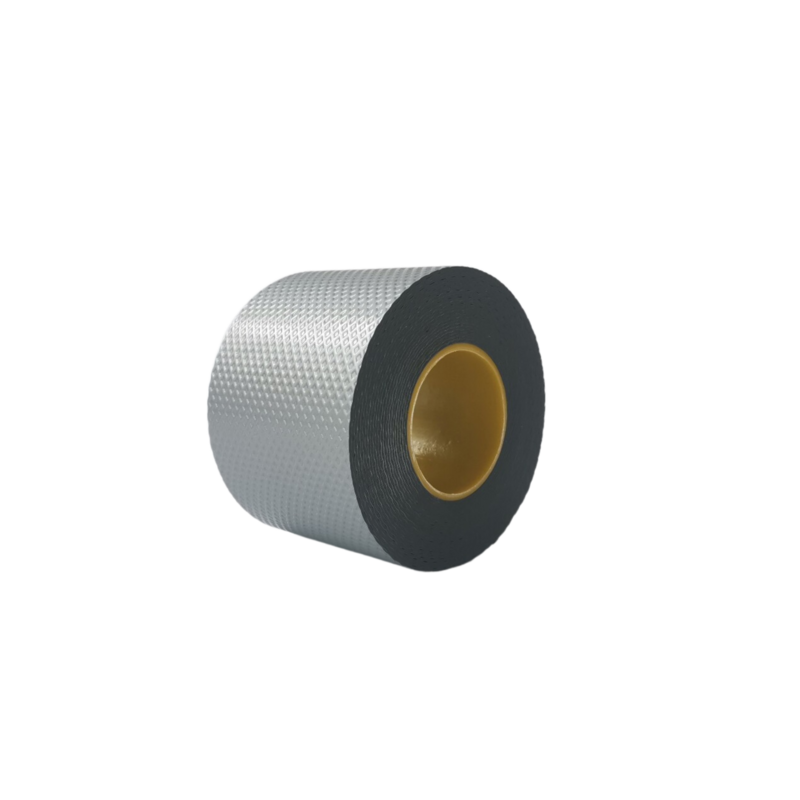The Essential Guide to Fireproof Tape A Must-Have for Safety and Durability
In an increasingly safety-conscious world, fireproof tape has emerged as a critical tool in various industries, from construction to electrical work. Fireproof tape, also known as fire-resistant or flame-retardant tape, is designed to withstand high temperatures and resist ignition. This unique attribute makes it an indispensable material for both professional applications and DIY enthusiasts.
Understanding Fireproof Tape
Fireproof tape is typically made from materials such as fiberglass, silicone, or other flame-resistant composites. Its primary function is to provide a protective barrier that prevents flames from spreading. This is particularly important in environments where fire safety is a top priority, such as in commercial buildings, electrical installations, and automotive applications.
The effectiveness of fireproof tape is measured by its ability to resist heat and flame. Many types are rated for specific temperature thresholds, ensuring that they perform well under various conditions. When purchasing fireproof tape, it’s essential to check the manufacturer’s specifications, including temperature ratings, adhesive strength, and the material’s overall durability.
Applications of Fireproof Tape
1. Electrical Insulation Fireproof tape is widely used in electrical applications to insulate wires and connections. It serves to protect against short circuits, reducing the risk of electrical fires. The tape’s high-temperature resistance ensures that it won’t melt or degrade under heat generated by electrical components.
2. Construction and Renovation During construction, fireproof tape can be utilized to seal joints and gaps in fire-rated walls and ceilings. This helps to maintain the integrity of fire barriers, preventing smoke and flames from traveling through vulnerable areas. Builders often use it to comply with building codes and safety regulations.
fireproof tape

3. Automotive Industry In the automotive sector, fireproof tape is applied to protect wiring harnesses, exhaust systems, and heat shields. Its ability to withstand harsh environments makes it ideal for use in vehicles, where heat and vibrations can compromise standard materials.
4. Home Improvement and DIY Projects Homeowners can benefit from fireproof tape in various DIY applications. For instance, it can be used to reinforce insulation materials, seal furnace ducts, or protect valuable possessions during renovations. Its versatility makes it a valuable addition to any toolkit.
Benefits of Using Fireproof Tape
- Enhanced Safety The most significant benefit of fireproof tape is its contribution to safety. By preventing the spread of flames and reducing the risk of fire, it helps to protect lives and property. Whether at home or in industrial settings, using fire-resistant materials can make a crucial difference.
- Durability Aside from fire resistance, many fireproof tapes are also designed to withstand moisture, chemicals, and wear and tear. This versatility ensures that they perform well in a variety of environments without compromising their protective qualities.
- Ease of Use Fireproof tape is user-friendly and can be easily applied without special tools. It’s available in various sizes and widths, allowing users to find the right product for their specific needs. Whether you’re a professional contractor or a DIY aficionado, you’ll appreciate how simple it is to work with.
Conclusion
In conclusion, fireproof tape is an essential material for anyone concerned about safety and durability in their projects. Its applications across different industries and uses at home underscore its versatility and effectiveness. As we continue to prioritize fire safety, having fireproof tape on hand can provide peace of mind and protection. Whether you’re tackling a major renovation or simply ensuring that your electrical systems are safe, investing in high-quality fireproof tape is a wise decision that pays dividends in safety and security.
-
XIANGFAN Rubber Tape-Ultimate Solutions for All Your Insulation NeedsNewsJun.24,2025
-
XIANGFAN Rubber Tape-Protection for Industrial and Residential ApplicationsNewsJun.24,2025
-
XIANGFAN Rubber Tape: Superior Safety and Sealing for Demanding EnvironmentsNewsJun.24,2025
-
XIANGFAN Rubber Tape: Reliable Solutions for Every Electrical ChallengeNewsJun.24,2025
-
XIANGFAN Electrical & Industrial Tape: Powering Reliability Across IndustriesNewsJun.24,2025
-
XIANGFAN Electrical & Industrial Tape: Excellence in Every ApplicationNewsJun.24,2025
